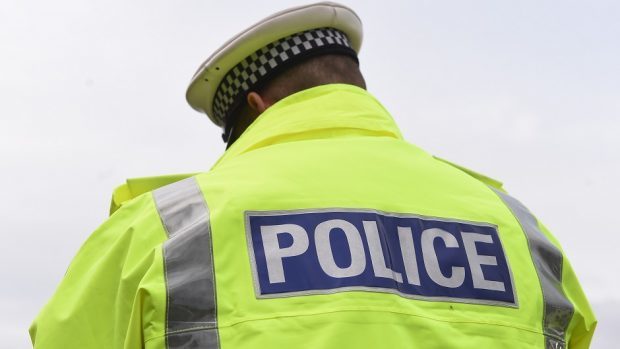Prosecutors are to be given special training to deal with agricultural crime.
This follows a Crown Office review of crime in the sector, launched in March this year.
Prosecution policy has been updated to better recognise the financial and emotional impact of agricultural crimes such as machinery and livestock theft, fireraising and worrying of livestock.
All Crown Office and Procurator Fiscal Service (COPFS) staff who deal with these cases will now be given training on the impact of these crimes to rural businesses, communities and individuals.
The Crown Office has also pledged to ensure any offences involved organised crime will be dealt with by specialist prosecutors within the COPFS serious and organised crime division, who will use Proceeds of Crime legislation to maximise the recovery of money and assets.
“All too often, the public focus of crime is on cities and built-up areas,” said solicitor general Lesley Thomson QC.
“But of course we know that offending is not limited to the urban environment, and as prosecutors it is our duty to ensure that agricultural communities are protected, listened to and their concerns addressed.
“We know too that farms can be subject to particular types of crime, which in turn can have a particularly profound effect both in reinforcing a sense of vulnerability and causing lasting damage to agricultural businesses.”
She said the Crown Office was committed to a continuing relationship with Police Scotland, NFU Scotland, Scottish Land and Estates and Scottish Government to ensure that those who commit agricultural crimes are brought to face the “full force of the law”.
The changes were welcomed by both NFU Scotland and Police Scotland.
NFU Scotland president Allan Bowie said: “The outcome of work carried out into reviewing policy will provide reassurance to our members that agricultural crime will be treated seriously, and also that policy in this area is up to date and fit for purpose.”
Chief Superintendent Gavin Robertson said: “As members of the Scottish Partnership Against Rural Crime, we are working hard to prevent and reduce rural crime affecting Scotland, driving and supporting work at local level across the country.
“Where a crime occurs, the investigating officer will ensure that the full emotional and financial impact felt by the people and businesses affected is contained in any police report for consideration by prosecutors. We will also seek every opportunity to identify and recover money and assets from the criminals involved and disrupt their activities.”
